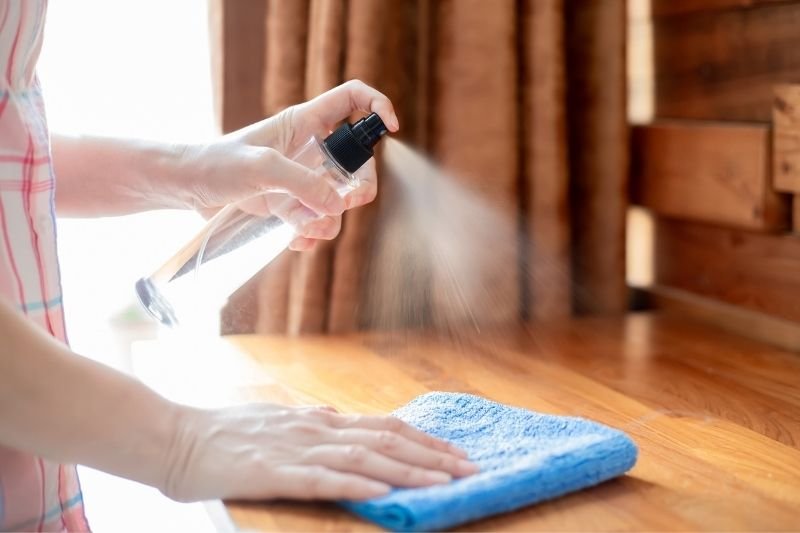
Care Instructions

|
Wooden furniture, especially tables, is a favored choice in home decor for its natural beauty and durability. Unlike engineered woods like MDF or particle board, natural wood requires a bit more care and attention to maintain its appearance and extend its life. Regular CleaningDust Regularly: Use a soft, lint-free cloth to gently dust your table. Microfiber cloths are ideal because they trap dust without leaving scratches. Dust at least once a week to prevent buildup. Clean Gently: For regular cleaning, lightly dampen a cloth with water and a mild dish soap. Wring the cloth out thoroughly so it’s barely damp, then wipe the table surface gently. Always follow up with a dry cloth to remove any moisture, as water can damage the polish over time.
Avoiding DamageUse Coasters and Placemats: Protect the table surface from heat, moisture, and scratches by using coasters under beverages and placemats under plates and serving dishes. Prevent Sun Damage: Prolonged exposure to sunlight can fade and damage the finish of your polished wood table. Position the table away from direct sunlight, or use curtains or blinds to filter light.
Immediate Action: Clean spills immediately with a soft, dry cloth. If the spill is sticky, slightly dampen the cloth with water (and mild soap if necessary), then gently wipe the area. Always dry the area thoroughly after cleaning.
Repairing ScratchesMinor Scratches: For light scratches, you can often blend them into the wood using a matching furniture marker or crayon. Gently fill in the scratch, then buff the area with a soft cloth. Deep Scratches: Deeper scratches may require a professional touch or a wood filler followed by sanding and re-polishing of the area. Wooden Furniture Repair: Cracks and HolesNatural wood furniture can sometimes develop cracks and holes due to the inherent characteristics of wood, such as knots and grain patterns. To repair these imperfections:
By following these care instructions, your polished wood table can remain a beautiful and functional centerpiece of your home for many years to come. Regular maintenance and careful use are key to preserving the elegance and integrity of polished wooden furniture.
|



